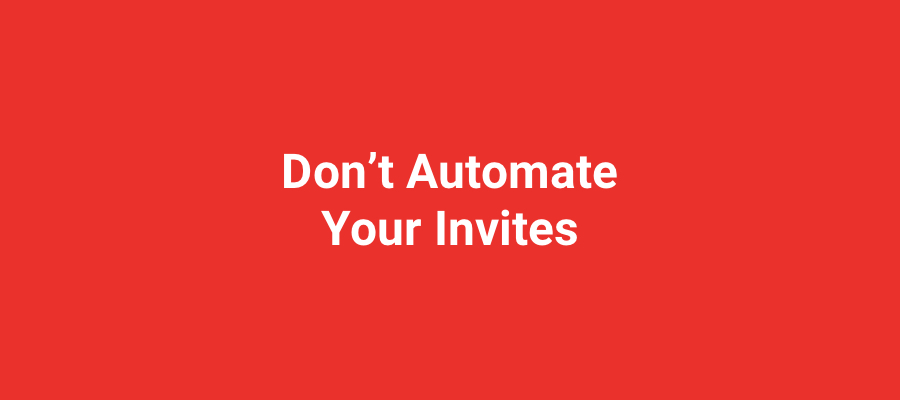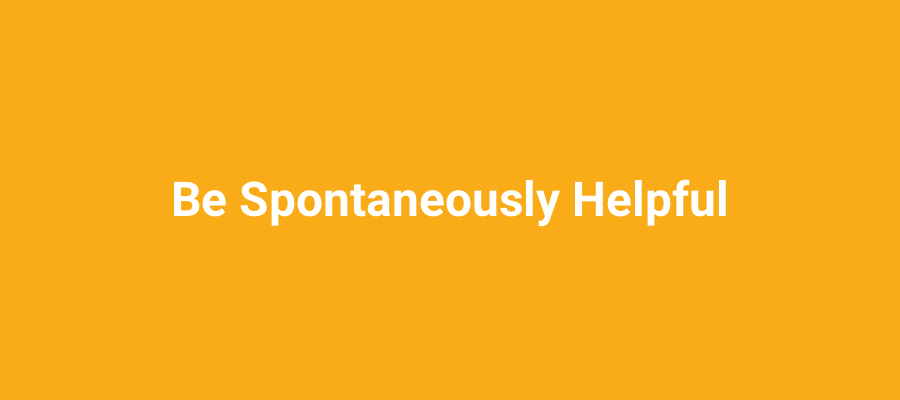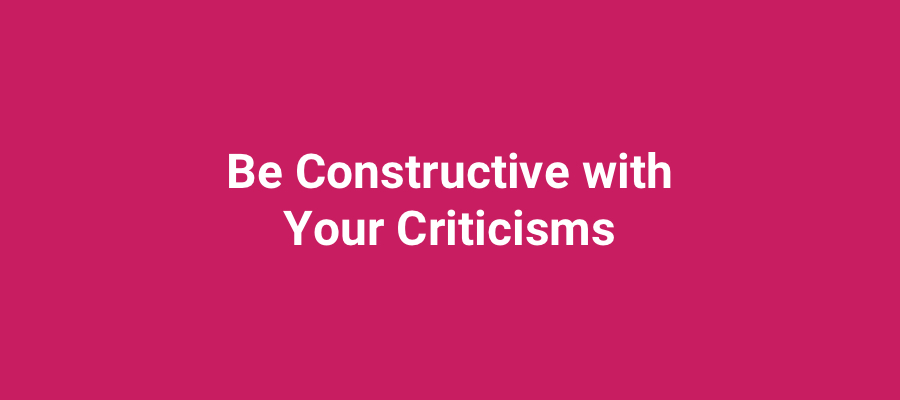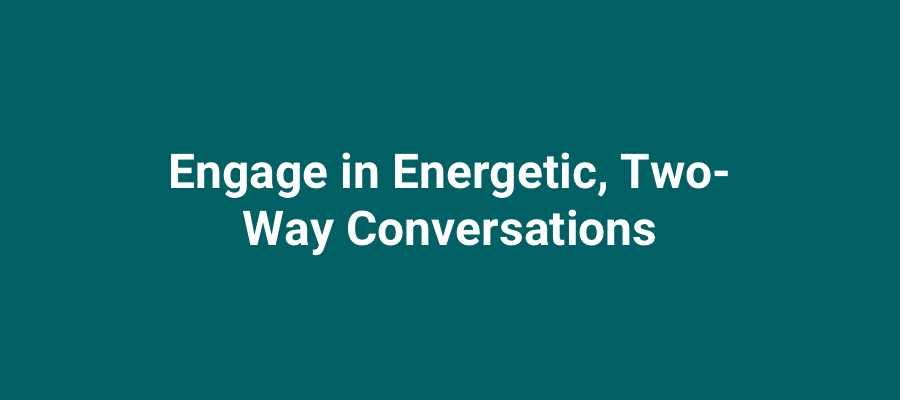Historically, designers and developers have never really seen eye-to-eye — that’s why Sympli is used to ease the design handoff between the two. But Sympli doesn’t automatically make you a terrific collaborator, or an expert communicator, rather it enables it. Lets take a look a 5 ways that you can be a terrific collaborator, designer, and friend in a design team.
1. Don’t Automate Your Invites

In Sympli, there are two ways to invite your teammates to collaborate with you. Option #1: have Sympli mass-invite a list of teammates via email, on your behalf, with an optional message; or Option #2: have Sympli create a invite link that you can send to your teammates manually (via Slack for example).
If you have a large amount of teammates to invite, option #1 is the obvious choice (although you should make sure that you write a personalised message with your invite, at least). If you have only a few teammates to invite, create an invite link instead. This is an opportunity for you to reach out to your teammates with an enthusiastic “Hello!” or “Let’s work on this!”, to a set a friendly tone for the communications to come.
Going above and beyond an automated message says a lot about you as a collaborator, and it will make you seem more approachable!
2. Be Spontaneously Helpful

As a collaborator, you’ll probably spend most of your time in Sympli commenting on screens (regardless of whether you’re a designer, developer, or even a manager); this is where the action is, therefore, this is where you can be the most helpful.
When developers and other teammates (Product Managers can use Sympli too!) comment on your screens, your reply should be super-helpful. With your replies you should offer instructions, opinions, alternative ideas, alternative solutions, and when the developer goes off to do their thing, spontaneously follow up a few days later to make that sure everything went smoothly.
As a designer, this shows that you care about the final outcome beyond your original concept, and you’re willing to improve it.
As a developer, you can receive the right answers by asking the right questions (i.e. don’t become frustrated if you feel like something hasn’t been explained well enough — it happens).
3. Compliment Your Teammates on Their Successes

Complimenting your teammates on their successes boosts morale and spreads motivation and positivity. It’s a wonderful way to build team culture and strengthen bonds between collaborators.
If you’re a developer using Sympli, you’ll have a complete overview of the design when you use the inspector interface. When you first take a look at the design, it’s inevitable that you’ll have questions about it, but you shouldn’t nitpick at everything that’s wrong the design; instead, comment on the nicely-done areas, say why the design is so effective
And of course, give the designer a big, ‘ole “Well done!”.
4. Be Constructive with Your Criticisms

Giving negative feedback, however, is necessary if you want your design to offer an exceptional user experience. This, can be a delicate matter. First, the receiver of the feedback has to be open to it (you have to remember that negative feedback is useful, and is not a personal attack on you or your work).
Next, the giver of the feedback has to be constructive with his or her words. Offering alternative ideas and solutions further emphasises the fact that feedback is a natural part of the design process. Criticism without reasoning, or an effort towards creating a solution, is nothing more than criticism.
5. Engage in Energetic, Two-Way Conversations

It can be hard to convey excitement in a comment thread, as it’s not really suited for long-format conversations. Luckily, Sympli has a Slack integration that enables any comments that are made on screens (in the Sympli inspector) to be synced to a Slack team. From there, collaborators can discuss in further detail.
Sometimes you simply need more space to waffle on, and there’s nothing wrong with that — it just proves that you’re invested in the final outcome and that you’re excited to share your opinions, provoking all collaborators in a team to respond with the same level of energy (energy equals motivation, which equals productivity). If you have a shy member in the team (most teams do!), try to involve them by asking for their opinion — it may be that the quietest member of team has the winning solution!
Note: I wrote about this Sympli-Slack integration (plus how to set it up) a couple of weeks ago, if you’re interested in learning more about it.
On the other hand, if you’re not at all excited about what you’re working on, you really shouldn’t be working on it!
Conclusion
Collaboration is so important, not only for feedback, but for effective communication, strengthening bonds with your teams, boosting team morale, and of course, ultimately, building an exceptional website or mobile application. While Sympli certainly enables you to be a terrific collaborator, it’s up to you to take advantage of it — to be friendly, to be empathetic, to be helpful. Remember, collaboration is a two-way street!


